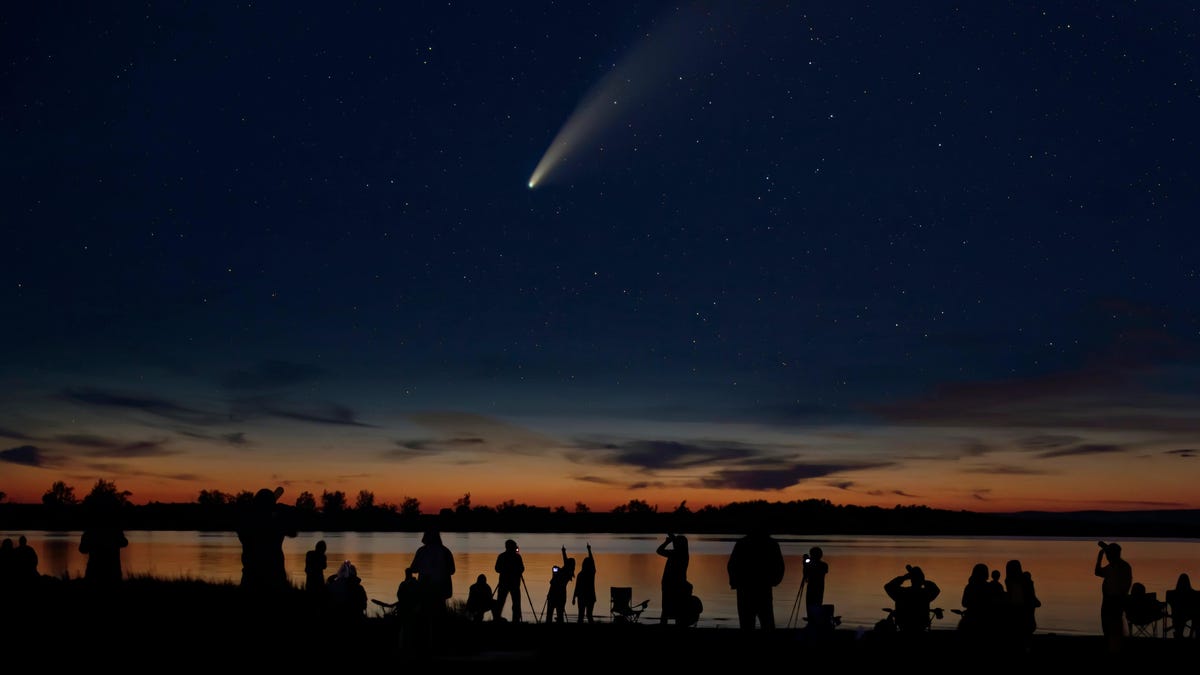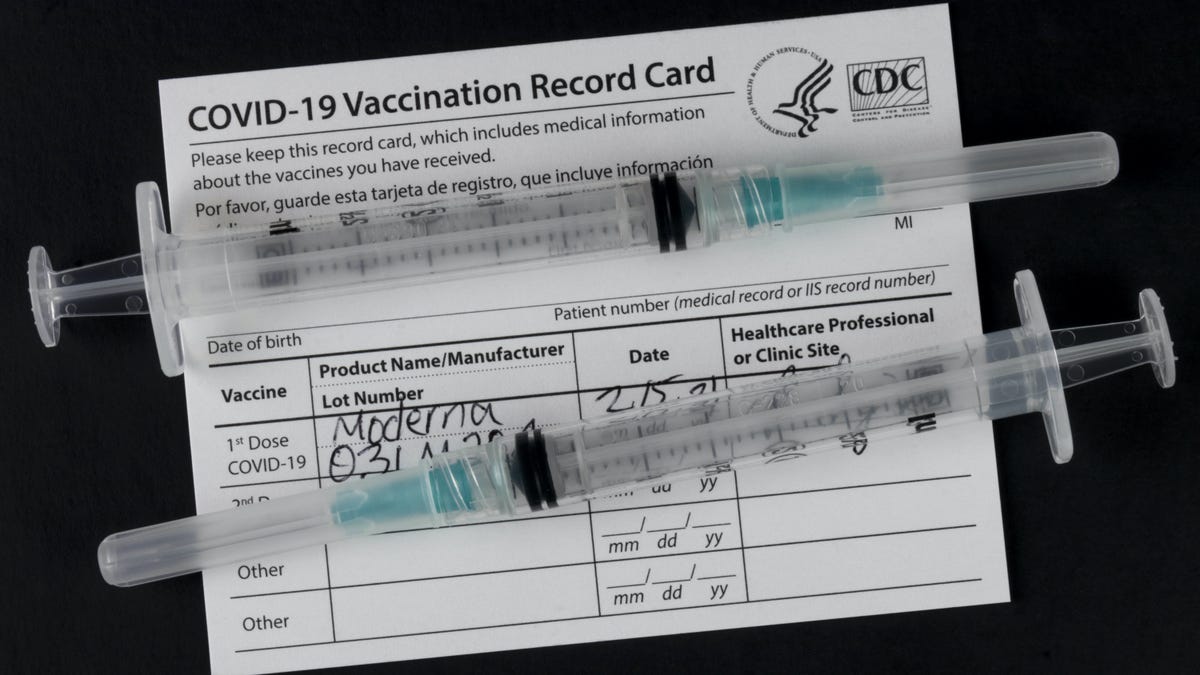How (and When) to Watch the Massive K2 Comet Pass Earth
jjjjRead more...


Photo: Jim Cumming (Shutterstock)
jjjj
What is K2?
The comet C/2017 K2 (PanSTARRS)—or “K2" for short—was first spotted five years ago, in May 2017 by the Hubble Space Telescope, NASA reports. The agency shared an image of the comet taken on June 20th, 2022, when it was (relatively) near open star cluster IC 4665 and bright star Beta Ophiuchi, near a starry edge of the Milky Way.
This is the first time the K2 comet has made its way to the inner Solar System from the dim and distant Oort cloud, NASA explains. When it was first observed in May 2017, it was the most distant active inbound comet ever discovered—roughly 2.4 billion kilometers from the Sun, between the orbital distances of Uranus and Saturn.
How big is K2?
When the K2 comet first became visible on the Hubble Space Telescope, scientists estimated that it had a nucleus nearly 11 miles in diameter. But according to research from the Canada-France-Hawaii Telescope, the comet’s nucleus is estimated to have a radius between nine and 50 miles. Either way, it’s pretty damn big.
And that’s not counting the size of K2's tail—the trail of gasses and dust behind the comet—also known as a “coma.” According to early estimates, K2's tail is anywhere between 81,000 and 500,000 miles across. For some perspective, that’s somewhere between the width of one and six Jupiters.
When will K2 be visible?
Your best chance of seeing the K2 comet will be the night of July 14th, which is when it will make its closest approach to Earth. Even though it’s huge, you’ll likely need at least a small telescope to spot the comet. Look for a fuzzy patch of light (which is the tail).
If you’d prefer to watch the comet pass Earth from the comfort of your own home, the Virtual Telescope Project will be live-streaming it starting at 6.15 pm on July 14. But don’t worry too much if you miss K2 on the 14th—it should be visible with a telescope until September.
The closest it will get to the Sun will be in December.

 Astrong
Astrong 
































